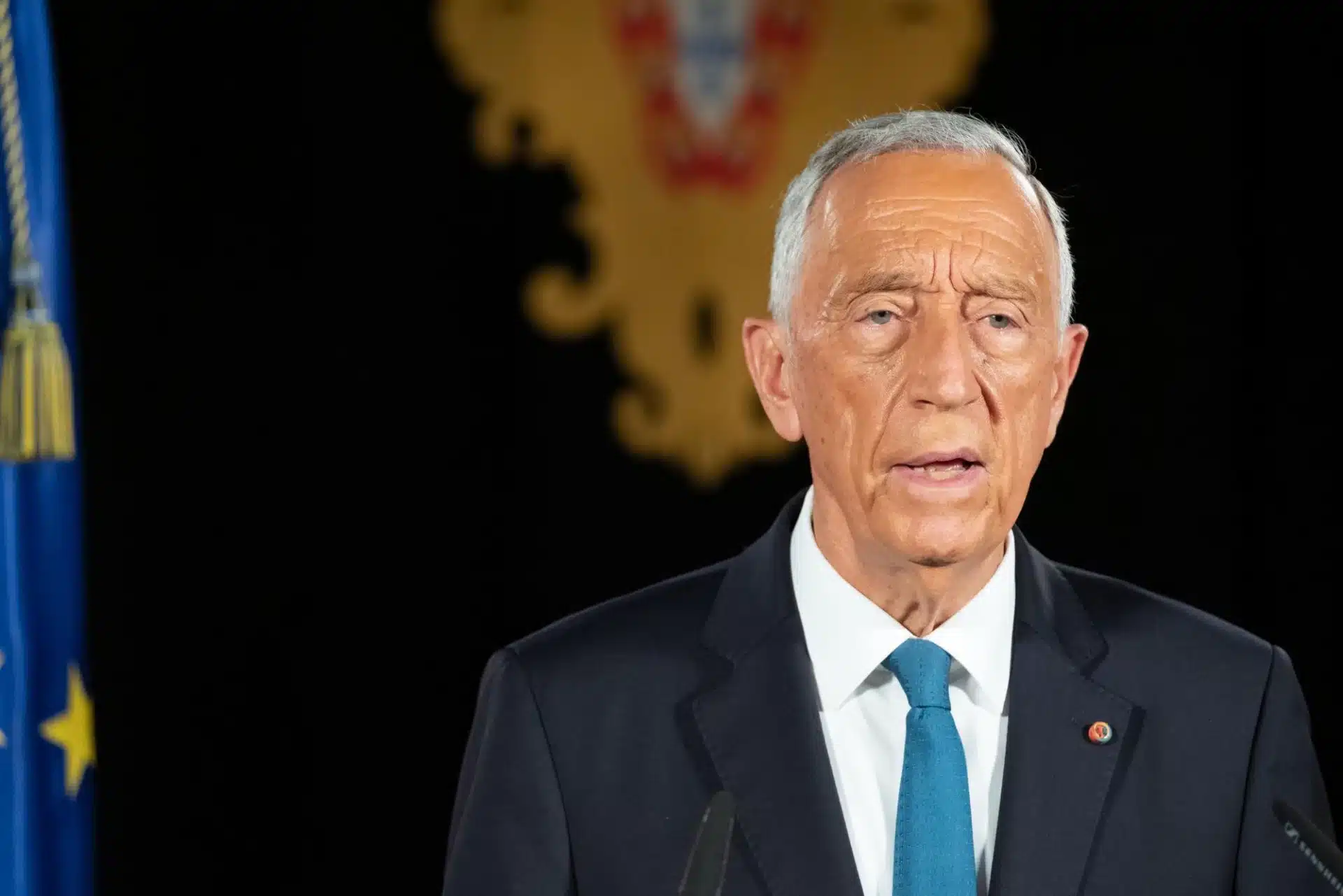The house payment made to the bank will fall in May in all maturities, with the biggest drop occurring in those indexed to the six-month Euribor, according to a simulation by Deco/Dinheiro&Direitos.
This is the first time in about two years that there has been a reduction in the installments of loans using the 12-month index, while for contracts indexed to the six- and three-month Euribor this will be the fourth month of reduction.
According to simulations carried out for Lusa by Deco/Dinheiro&Direitos, a client with a 30-year loan of 150,000 euros, indexed to the six-month Euribor and with a spread (the bank’s profit margin) of 1%, will pay 790.45 euros from May onwards, which is 25.36 euros less than they have been paying since November.
As for loans indexed to the three-month Euribor, the house payment – for the same conditions – drops to 794.72 euros, which is 3.65 euros less than the payment made since the last renewal in February.
In the case of contracts indexed to the 12-month Euribor revised in May, the installment drops by 4.87 euros to 778.23 euros.
These figures were calculated taking into account the average Euribor rates in April of 3.838% for six months, 3.885% for three months and 3.703% for 12 months.
The average Euribor considered for the purposes of reviewing a variable rate loan is that of the month prior to the signing of the credit agreement.
Euribor rates have been falling across the various maturities, reflecting expectations that the European Central Bank (ECB) is preparing to start cutting its key rates.
At the last monetary policy meeting on April 11, the ECB kept its benchmark interest rates at the highest level since 2001 for the fifth time in a row, after having made 10 increases since July 21, 2022.
The ECB’s next monetary policy meeting takes place on June 6th in Frankfurt.









